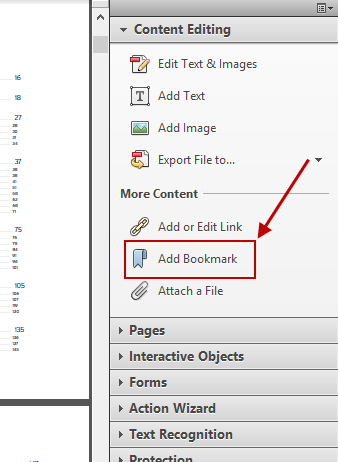

Next, combine them into a PDF file, and arrangement the way you want them. You always want to keep these files separate, since you may need to rebuild them into a new, replacement PDF file later. This makes it quick to add into the PDF, and to copy it all to backup or long-term storage. Start by adding these to a folder, or arrangement of folders, on your hard drive. Combine the PDFįirst, start by compiling all the files or documents you want in the master PDF file or document. If you need to subsequently make lots of changes to the contents, organization, and the table of contents of your PDF document, you may find it's easier just to recompile your files into another PDF, rather than attempt to make changes to the table of contents of your existing PDF, within Acrobat. Since editing files in Acrobat is not efficient, you want to avoid having to make changes to the PDF once the skeleton, or table of contents, is developed and added to the PDF.


The distinction is important, because you wish to create the outline or skeleton of your PDF file in Microsoft Word, and add it after you have assembled and arranged all the contents of your PDF file or document. Remember that Acrobat is not a content creation tool, so much as a document publishing tool. Effectively, Word will automatically create the links to various parts of your PDF, instead of you having to manually create them in Acrobat. You may as well take advantage of MS Word's navigation feature: Table of Contents. This method is preferable if you need to compose one or more pages of text at the beginning of each section or chapter in your PDF file.


 0 kommentar(er)
0 kommentar(er)
